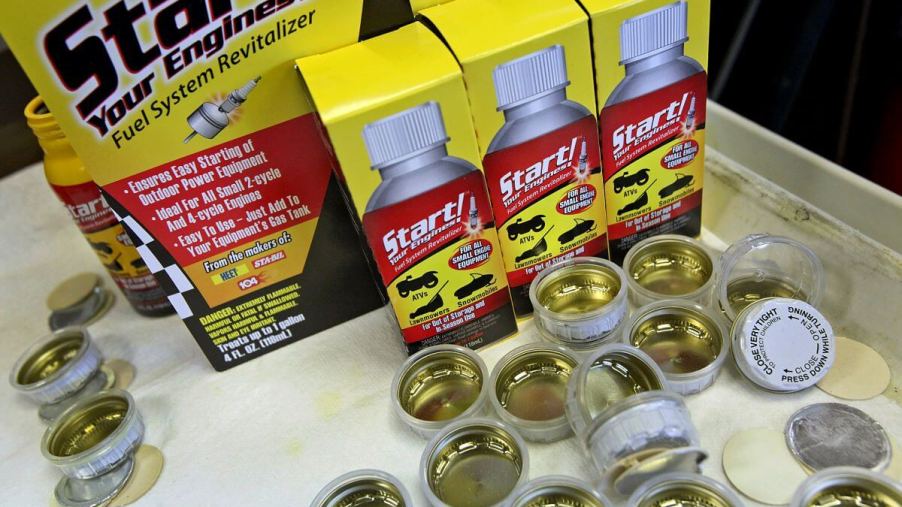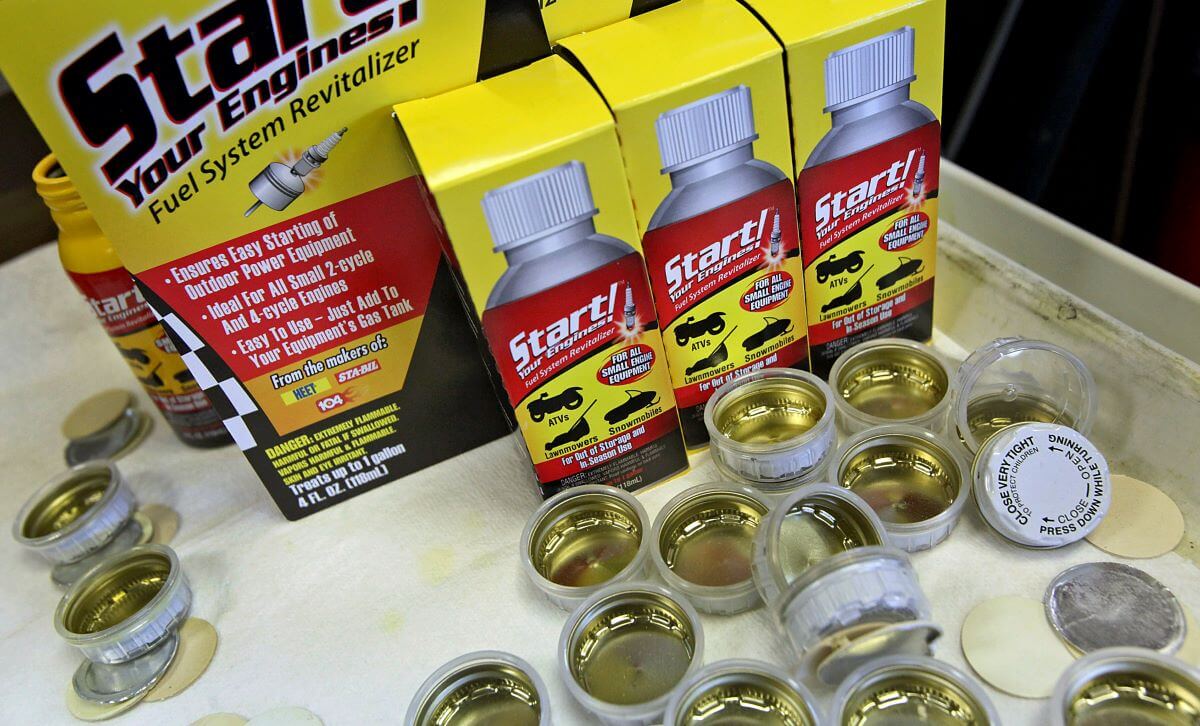
What Is an Octane Booster, and How Does It Improve Car Performance?
The use of accessories to improve car performance has been popular over time. One of the ways that have been adopted to improve a car’s performance is by using an octane booster. This ultimately cuts down your car’s maintenance cost.
Liquid additive increases the fuel’s octane rating, improving its stability even under high compression. This will likely result in a cleaner performance and protects the engine from wear and tear. Let’s learn more about octane boosters, how they work, and how they improve a car’s performance.
What is an octane booster?

Marine Diesel defines octane boosters as fuel additives that increase the octane rating in gasoline. This liquid additive prevents low octane level issues by increasing the octane levels to improve performance and eliminate engine knocks when the air/fuel mixture is not correctly ignited. It helps engines run at their peak performance and for longer periods.
Some people think that octane boosters are scams, but they can be helpful tools that help you save a lot of money on fuel bills. High-octane fuels mean the engine will run more efficiently and help you get the most out of an engine. Low-octane fuels run an engine more slowly but will use less fuel.
How does an octane booster work?
Octane booster helps burn fuel at the proper detonation limit of 8,000 psi. According to The Drive, ratings vary, indicating a fuel’s ability to resist pinging or knocking during combustion. Fuels with higher octane ratings are less likely to knock, while those with lower ratings will likely experience more knocks and become more difficult to ignite. This determines the performance of the vehicle.
How does an octane booster improve a car’s performance?
Octane boosters improve a car’s performance by benefiting vehicles with high-performance parts and avoiding knocking or pinging. High-performance vehicles like the Mitsubishi Lancer Evolution and the Subaru WRX STI need octane boosters to maximize their performance. They have performance parts such as intake manifolds, bigger turbos, fuel injectors, headers, and complete battery exhaust systems that would significantly benefit from this additive.
These performance parts increase the amount of compression hitting the combustion chamber. Therefore, detonations are highly likely if the fuel doesn’t burn well. This may burn up the piston.
It would be best to understand that fuel octane boosters don’t work in all vehicles. Vehicle manufacturers have varying octane requirements based on the vehicle’s year, make, and model. Therefore, before buying a fuel octane booster, ensure it’s compatible with your engine to achieve maximum benefits.
How do you use octane boosters?
GoldEagle recommends the use of octane boosters at every fill-up. However, check the amount of fuel your preferred product can treat since they vary in ratings. For instance, if you’re preparing for a high-performance event that needs maximum engine power, you should use this liquid additive several weeks before. This ensures that the entire engine appropriately reacts with the fuel at every point.
What are the differences between octane boosters and fuel stabilizers?
A fuel stabilizer is a liquid additive used to extend the lifetime of fuel when it’s left stagnant for a long period. It contains chemicals, like an antioxidant, that prevent fuel breakdown if it stays for long without use. Various chemicals in the fuel separate from one another when it’s left stagnant for an extended period.
Impurities can make their way into the fuel and eventually into your engine, leading to a breakdown. It also maintains consistency in the fuel used, reducing the possibility of pings and knocks.


